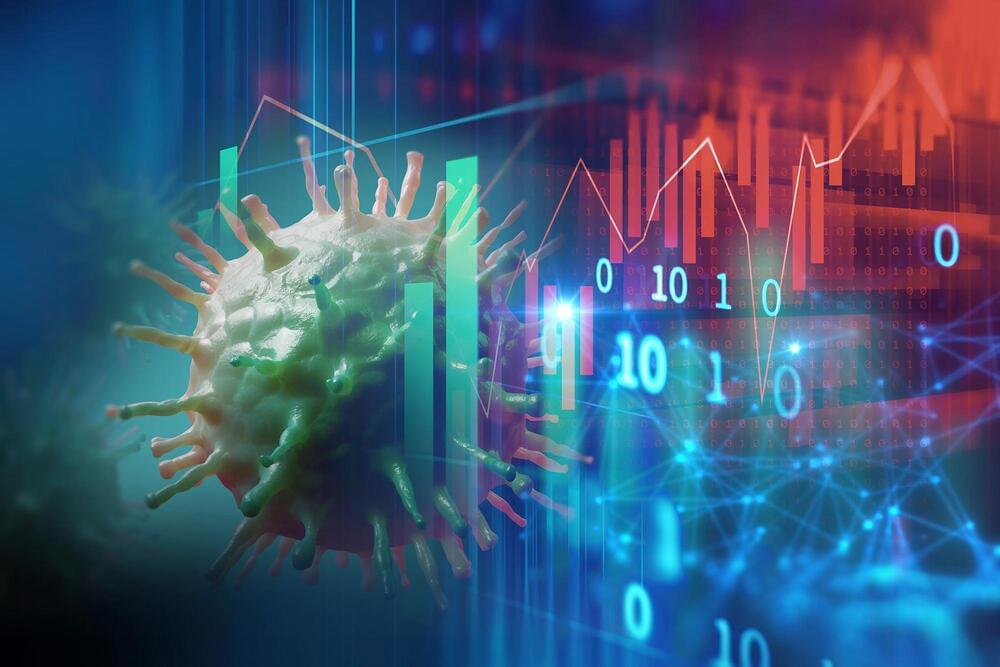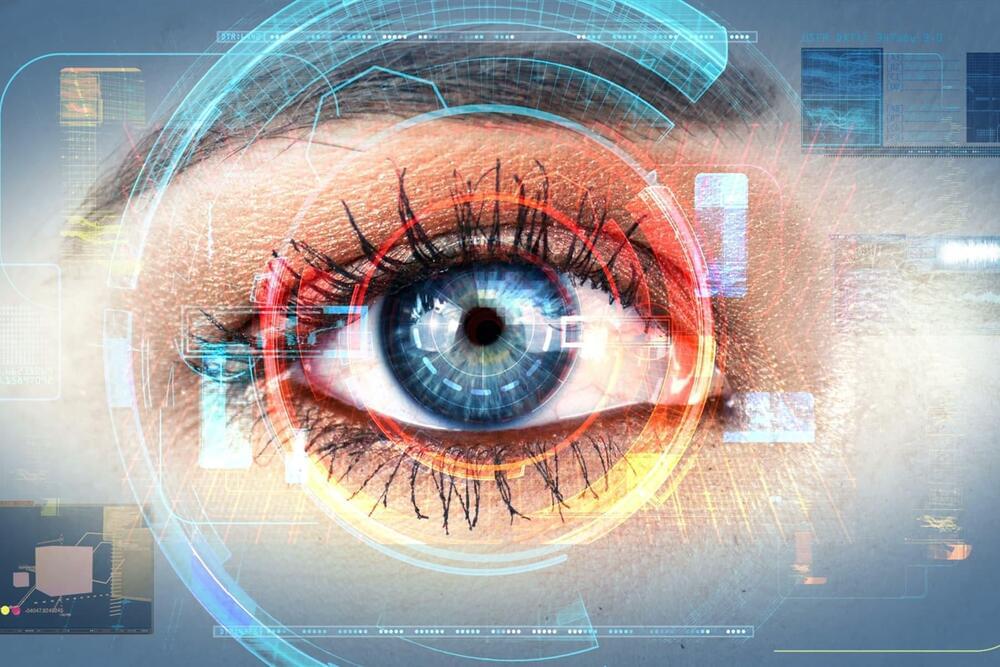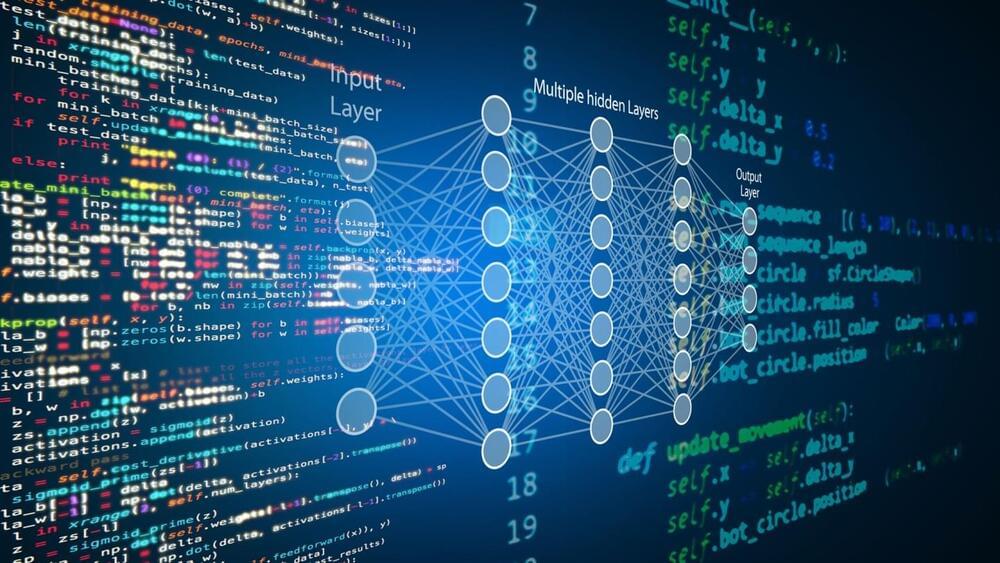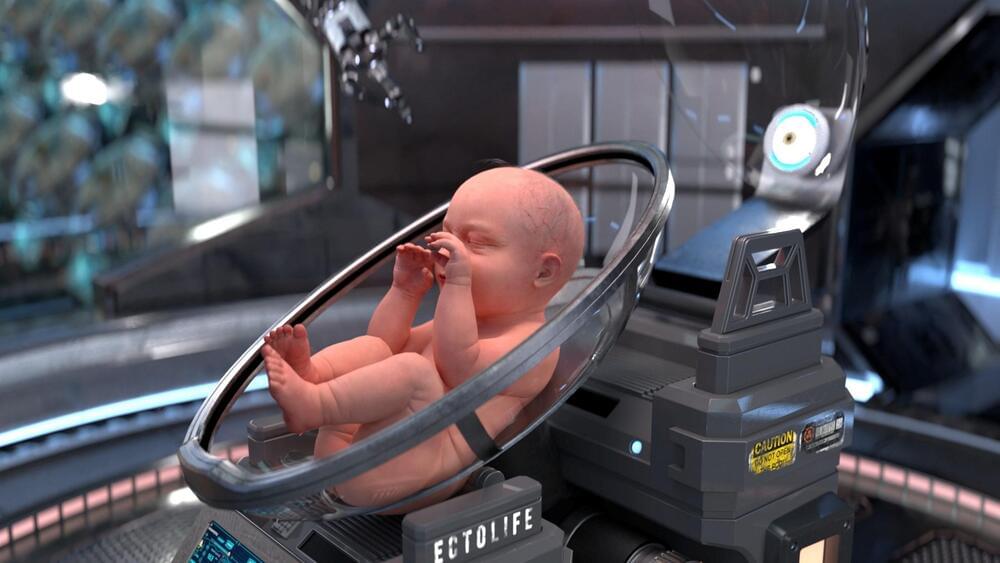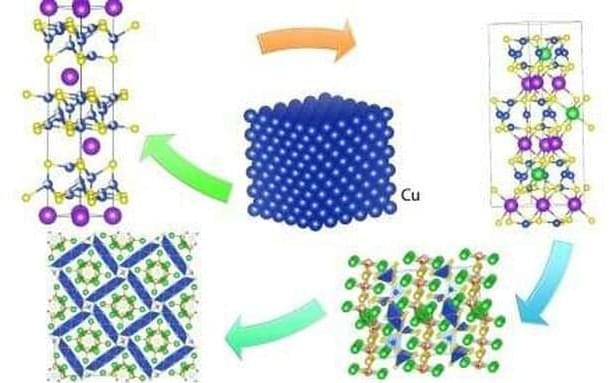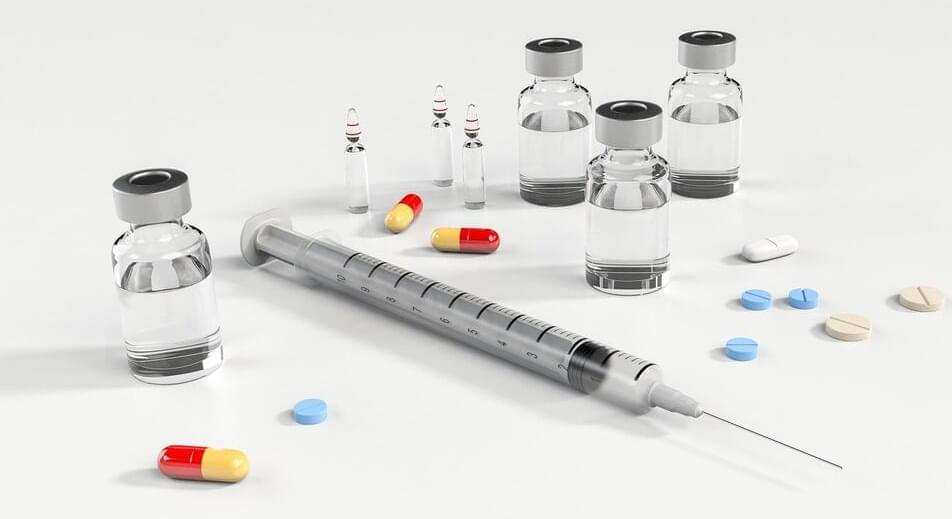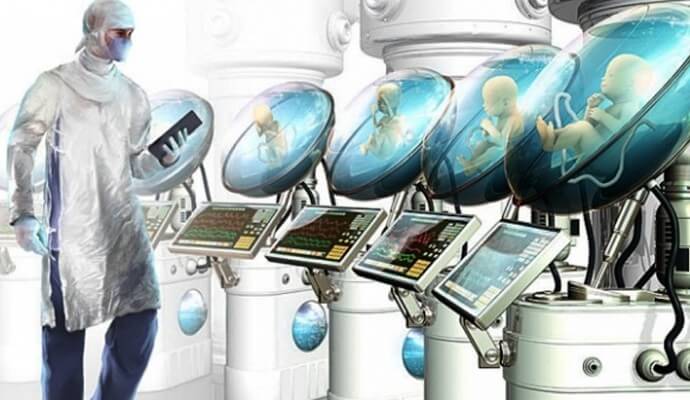Have you ever heard of the yeast Candida auris? If not, you are most likely not the only one since it hasn’t garnered much attention. Yet. That could change.
Candida auris’s story begins in 2009 when a Japanese woman in her 70s is admitted to the Tokyo Metropolitan Geriatric Hospital. Her ear sometimes discharges something, and the doctors routinely use a cotton swab to collect samples of it. To determine what is causing the infection, they analyze the sample.
It turns out that a yeast, different from other known yeasts, is at play. We’ve all heard of baker’s yeast, a friendly microorganism used to make beer and bread. Candida auris and other Candida yeast species are extremely different; they cause serious and persistent infections that are difficult to treat with known antibiotics.
